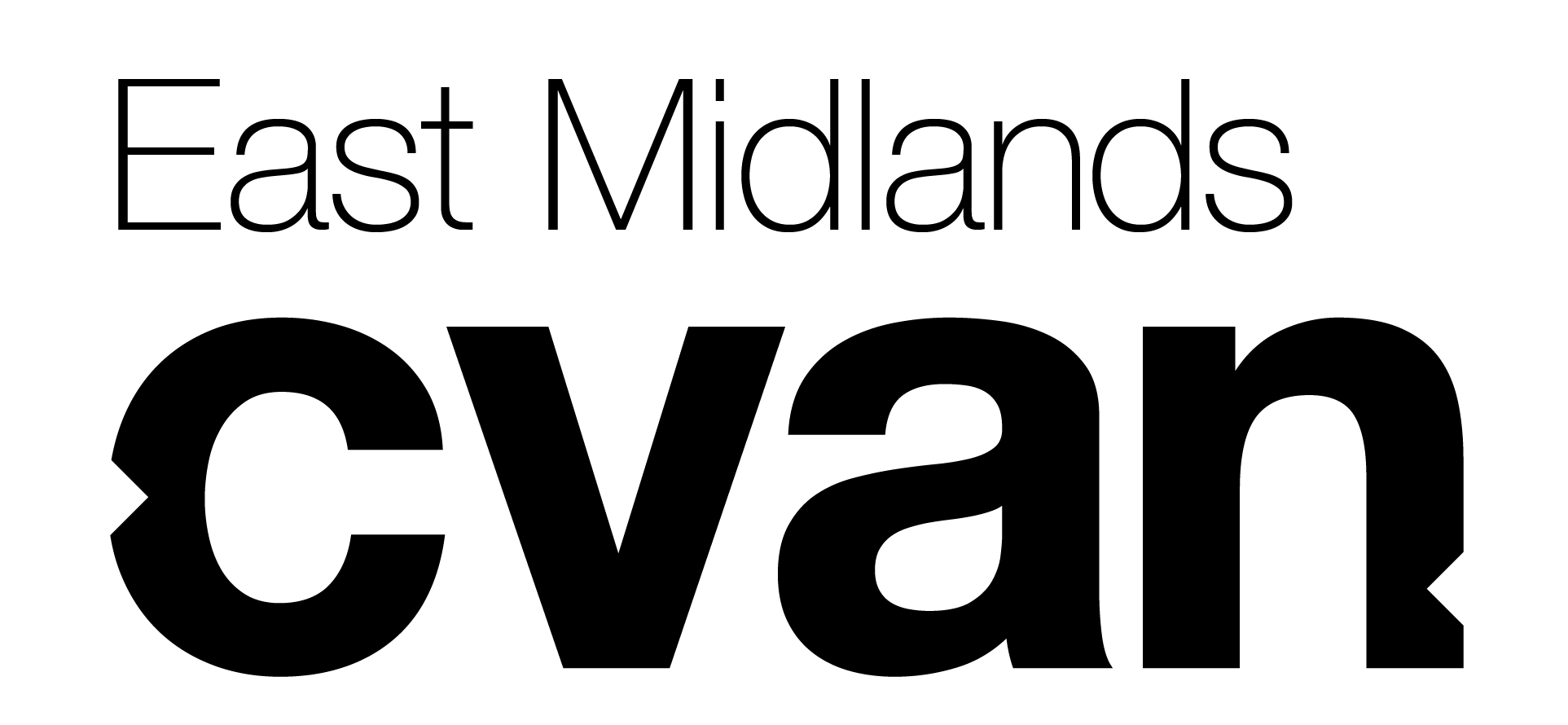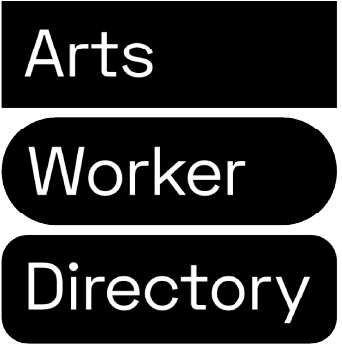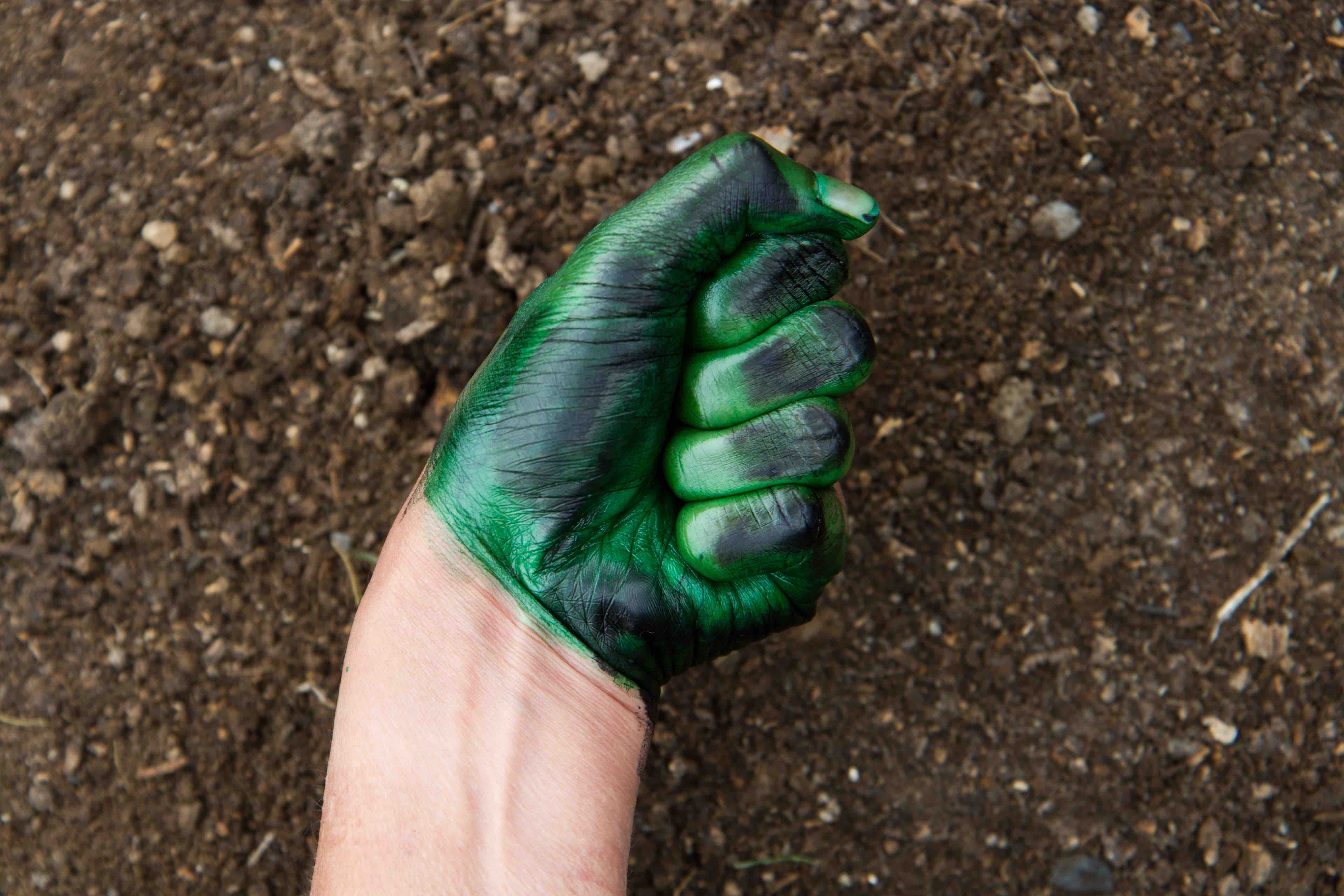Mita Solanky is based in Leicester. The natural environment and our connection to it is an important aspect in her work. She undertakes residencies, often in rural locations, and has recently taken part in ‘Brief Encounters‘, a set of art/science residencies hosted by The University of Leicester for British Science Week. MIta is a studio holder at Two Queens. Her work has been exhibited both locally and nationally and has recently been published in the Ecological Citizen Journal.
Where are you based?
I live and work in Leicester, where I was born and grew up. Since April 2015 I have been based at Two Queens artist run studios and am also a member of Leicester Print Workshop. To support my practice I work at the Attenborough Arts Centre at weekends.
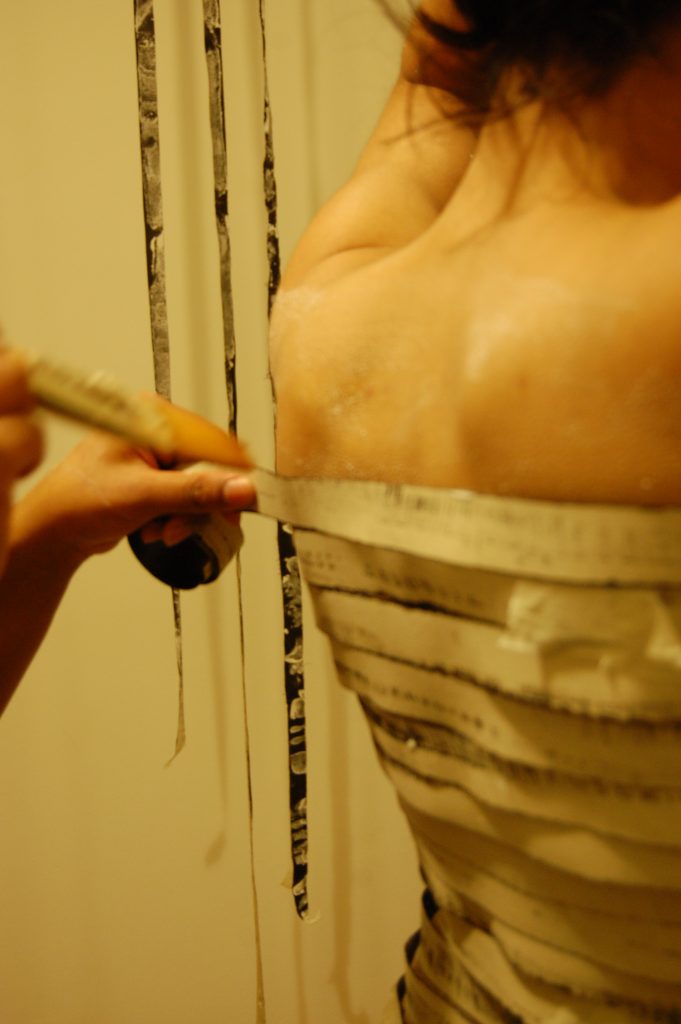
Describe your practice for us
My practice seeks to reconnect the human body with nature, by immersing myself in the natural environment I create visual work that is a direct trace of a phenomenological experience. My work is made in the context of the synthetic tech-driven environments we inhabit, and our deteriorating relationship with the organic natural environment. I carry out artist residencies in places where I can reconnect to nature, in contrast to the urban environment where I currently live and work.
Walking is a key tool in my practice. I first used walking in ‘Body of Work’ where canvas strips are ‘walked’ over the entire body, resulting in compositions of a human cartography. In ‘Spine Walk’ I walked the Pennine way in sections to create a piece to celebrate 50 years of Britain’s first National Trail. I use walking as a way to experience the landscape, and have used images taken whilst walking in the wilderness, and expressed these through the non-toxic printmaking technique of solar-plate.
I comment on the loss of manufacturing industries, studying disused factories which carry the histories of making in ‘art histories’ and later in ‘blue collar’ series. More recently in ‘Wheel Work’ I consider how mass-production has affected the value of human-making and our relationship to natural habitats, materials and processes. The process of making and the materials used are as important as the visual form.
Performance is integral to my practice. I first created live art when I presented ‘art histories in the making’. On my first residency in rural Wales I created ‘Sleep Walks’ through the act of sleeping – in response to the loss of the precious act of rest, a comment on our discord with natural rhythms. Last year I presented participatory sculptural pieces at ‘Made in Roath’ art festival in Cardiff, where works were situated in a public front garden.
In 2015 I created ‘black square walk’ and ‘white square walk’ which express the human body as the vessel in which we experience the journey between life and death, using the minimalist motif of the black-square and white-square. I have had the opportunity of exploring this idea of the transient nature of all existence for the residency I am currently carrying out, where I have been creating work using data from images captured by scientists studying dying stars.

How long have you been practising and by what route did you come to your practice?
Art was my strongest subject at school but I was also fascinated by science. I have taken an unconventional route into Art practice, as I studied Physics at University, followed by research in the late 90’s at CERN. Then I had a successful career in computer engineering for many years. Whilst working I continued my interest in Art, completing courses in dark-room photography and drawing and painting at a local arts centre. I took the decision to study art in 2013, I decided it was time to revisit my interest in Art and pursue it more seriously. I completed an Art Foundation at City Lit London (UAL) where I gained a distinction award in 2014. I then embarked on my own contemporary art practice. Along with some fellow students we secured an empty building in Tooting where we established artist studios and organised open studio and group exhibitions. After the building was taken over by developers I held a studio space at Park Studios in Kingston, and whilst there I was selected to create a piece for Highline, which was effectively a self-directed walking-residency. Park Studios was sold to developers just as I completed the piece and at the time I took the decision to move back to my hometown Leicester, and was offered a space at the Two Queens studios where I am now based. I was awarded First Prize in Visual Arts category in the 2016 Elbow Room Prize for my ‘Sleep Walks’ pieces, and ‘Spine Walk’ was selected for publication in the Ecological Citizen Journal for January 2018. I continue to develop my practice through self-directed study, visiting exhibitions, and professional development opportunities.
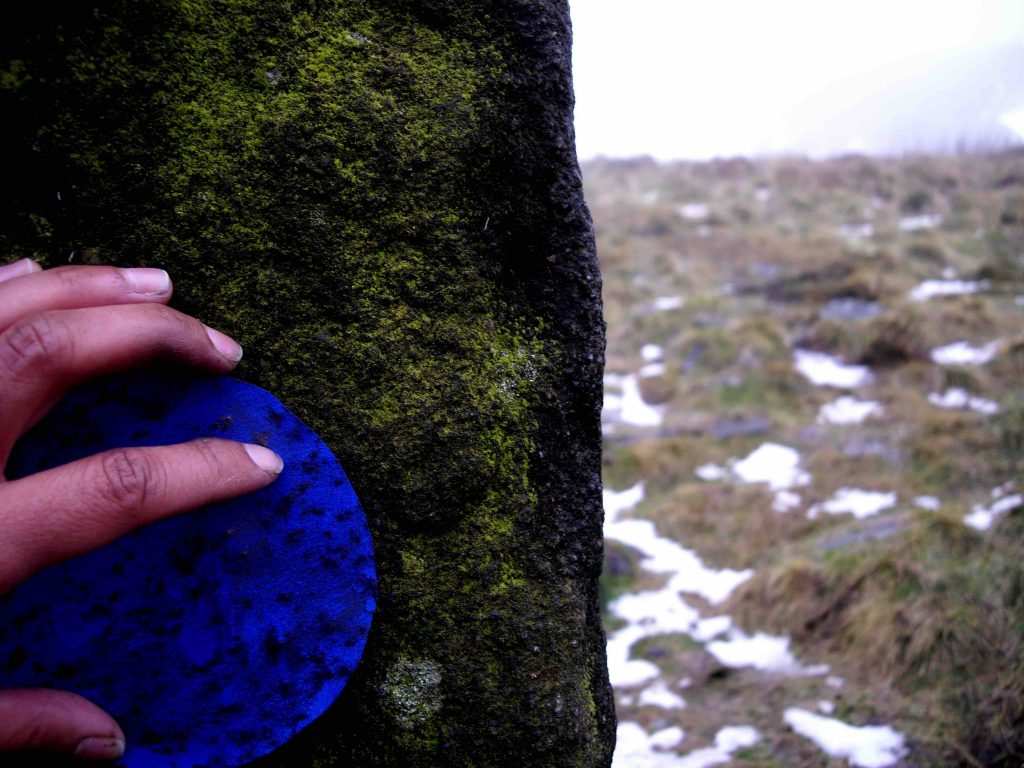
Some of your work seems to follow sociological or human geographical lines. Can you expand on these influences on your work.
I grew up in an urban city environment and the countryside was not something that was explored as a child, but we had a patch of mud in the backyard, played outside every day, walked everywhere, and visited local parks. As an adult I was drawn to exploring the natural environment and walking in mountains and rock climbing were a growing passion. My parents had come to the UK from a rural farming background in India. My mother’s following of ancient rituals together with my father’s rationalistic thinking shaped my childhood landscape. Drawing, making and performing constituted everyday play whilst I studied ancient Sanskrit texts alongside modern science. Before I left my career in computing to study Art I took a month off to go trekking in the Himalayas, the trip fed a growing personal critique of the schism technology creates between human experience and the natural world. I had a desire to explore and process the world through art. I view the two disciplines of Art and Science as an endeavour into the same quest – what human life means in the context of our world.
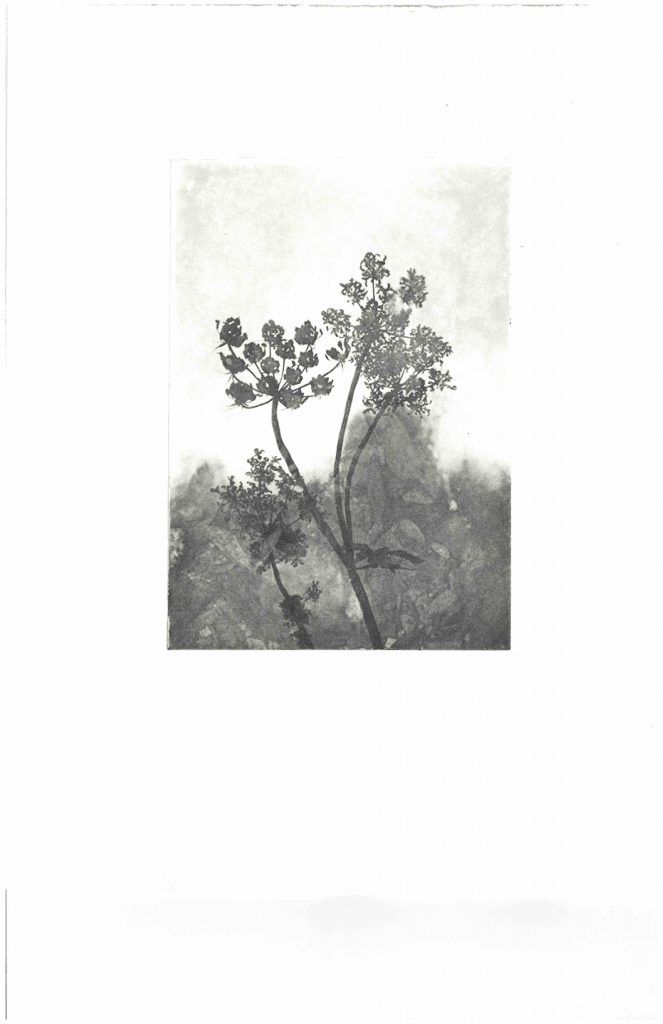
Some of your projects require you to exert yourself physically, what does putting yourself in a landscape or environment bring to your work?
Physicality is very important to the work I make. Increasingly we live in a world mediated by technology, and so much of what we base our thinking on is consumed through a digital device. I believe that direct physical experience of the natural world is crucial to develop our relationship with ourselves, each other and the world beyond our physical body. In order to connect with the physical body it is sometimes necessary to push the limits, and to take our experience beyond the comfortable and known, to place the body on sensory alert. I have practised yoga since my twenties and so have developed a strong body awareness, this influences my desire to stretch myself to explore wild places. These experiences are often carried out in solitude, and there is a meditative quality in each act, walking is in itself a form of meditation, and I find these acts take me into a state of mind where I am more receptive to what is being experienced by my senses and a mental space where ideas have space to develop and leads to creating pieces that reflect the issue I am exploring. The work I make has to be based on this real, authentic, personal experience. Being in a natural environment unfolds the mind from the constraints that modern urban lifestyles introduce, and you can connect more readily to natural cycles and phenomena.

There is a fundamental link between the physicality of the body and your work, to what extent would you say your practice is a performative one?
When I started my art practice people would often ask if my work was ‘performance’ and I would be reluctant in agreeing to that statement since the performed aspects were not experienced by an audience, and only the documentation in the visual trace of the acts was available for the viewer to see. In my earlier works such as ‘Body of Work’ and ‘Sleep Walks’ the performed acts are carried out in private, and were not for presentation. The resulting works are to be seen with the knowledge of these performative acts to comprehend the work fully, so the knowledge of the act in the viewers mind is an essential part in seeing the work. However in recent work I have presented live art happenings, in these the viewer is present and participant in the performed act, the work is taken away as an experience by the viewer, and a visual record of these works is not a necessary part of the work. Now I can say that performative acts are at the core of my practice.

How much of your work is autobiographical as opposed to what you observe in/of other people?
I don’t consider my work to be autobiographical in the personal sense. My intention is to create work that is authentic, and to do that I base it on direct personal experience. Essentially I see the work as being universal, i.e. looking at the human condition, and the observations of others in the world around me is of course part of that. Having lived through the 1970’s to the present day brings life experience of the changing world we inhabit, and having worked at the forefront of technology has given me a perspective of the impact it has had in changing the relationship we have with the natural world and the nature of being human.
I have been involved in various public art projects such as ‘The Rubbish Collection’ at the Science Museum, and ‘Superposition’ at the London Canal Museum, and I have worked on the NCS Challenge programme which brings young people from different social backgrounds to work with community groups through creative projects. These experiences with the wider public influence the ideas explored in my work, I’m always looking for the things we have in common with each other and with nature, to express ideas that are universal.

What is the most interesting or inspiring thing you have seen or been to recently, and why?
In December last year I attended a talk at DMU – Impossible Things: The ‘Life Art’ of Anne Bean by Dr Dominic Johnson. I had not come across her work before but found that her practice resonated with many ideas I had been thinking about since making live art work at Cardiff’s ‘Made in Roath’ festival, where I collaborated with two artists (Ann Jordan and Claire Louise Prosser) to present a participatory installation. Learning about Bean’s stance on the recording and publication of work helped me validate my own feelings regarding the value in making work in the present moment, for incidental audiences, and not for digital consumption. I really admired her perseverance against the ever present pressure to record and publish everything online. In my work I want audiences to have a real live experience, or to stop and take time to contemplate a visual piece. Many of my works are very difficult to capture in a still photograph, due to the materials used and the scale of the work. I want audiences to experience the works directly, physically, and not through a digital device. There is a pressure in the industry and a world full of digital media channels to make work available through these channels and it is difficult to go against this grain, and a challenge to get audiences to experience art. I’m inspired to be more creative in how and where I create live art experiences for audiences to interact with. I am currently planning a project for ‘Remembrance day for Lost Species’ on 30th November this year, and will be collaborating with two local artists Tom Van Herrewege and Lucy Stevens whose interests also lie in exploring ecological issues. As a scientist I was working as part of a team of people on experiments, so collaborating on art projects is a natural way for me to work, it pushes your practice in new directions and everyone learns from each other.
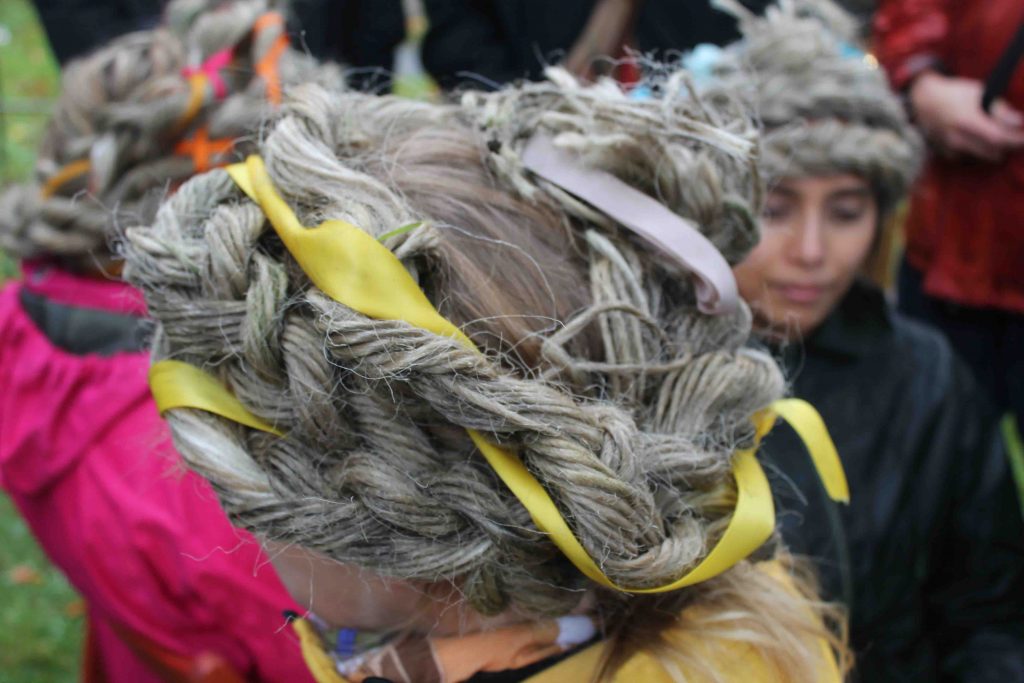
Which other artists’ work do you admire, and why?
Whilst studying Foundation I came across the work of Richard Long, and really connected to his practice of using his own body in the act of walking to create works connecting to landscape. My ‘body of work’ pieces were exploring this relationship of walking and landscape and how our bodies mediate the landscape through walking. I admire the simplicity of Long’s work, using just the materials he finds on a walk, and using simple forms, circles and lines, and the simple action of rearranging these materials that makes us see the material and place in another way, a contemplative way. Around the same time I also saw a BBC documentary following the work of Anthony Gormley and connected to the universal and contemplative nature of his work. At his CAST show in London last year I saw his work in the flesh and realised how closely my practice relates to similar themes and processes, using the body to make impressions, using materials that resonated with ecological issues. During my residency at artist-run permaculture market garden Vegetable Agenda in Blaenffos (Wales), I was re-introduced to the work of Joseph Bueys, his ideas as art having an extended definition, and the idea of ‘social sculpture’ inspires me to make more participatory work and live art. As someone who has practised multiple disciplines, I want to develop a practice that takes an extended definition of what art can be.

Where can people see your work?
I am currently showing new work in the ‘Brief Encounters’ exhibition at the Newarke Houses Museum in Leicester, a group show culminating from work by 8 artists carrying out an art/science residency run by the University of Leicester. I have worked with astrophysicist Dr Kim Page who explores events that occurred in the very early universe – Gamma Ray Bursts are an afterglow of radiation from stars that have come to the end of their life. These explosions were responsible for the creation of the element Gold, which was carried here by meteorites that collided with earth when it was forming. Gold is an element on earth that is a tangible connection between human civilisations and these spectacular events of the early cosmos, and our fascination with the ultimate sublime. The exhibition opens on the 9th March and runs until 31st March. Future exhibitions and events are announced through my artist newsletter which you can subscribe to by filling in the contact form on my website.
Mita was interviewed in March 2018.
All images are by and courtesy of the artist.
